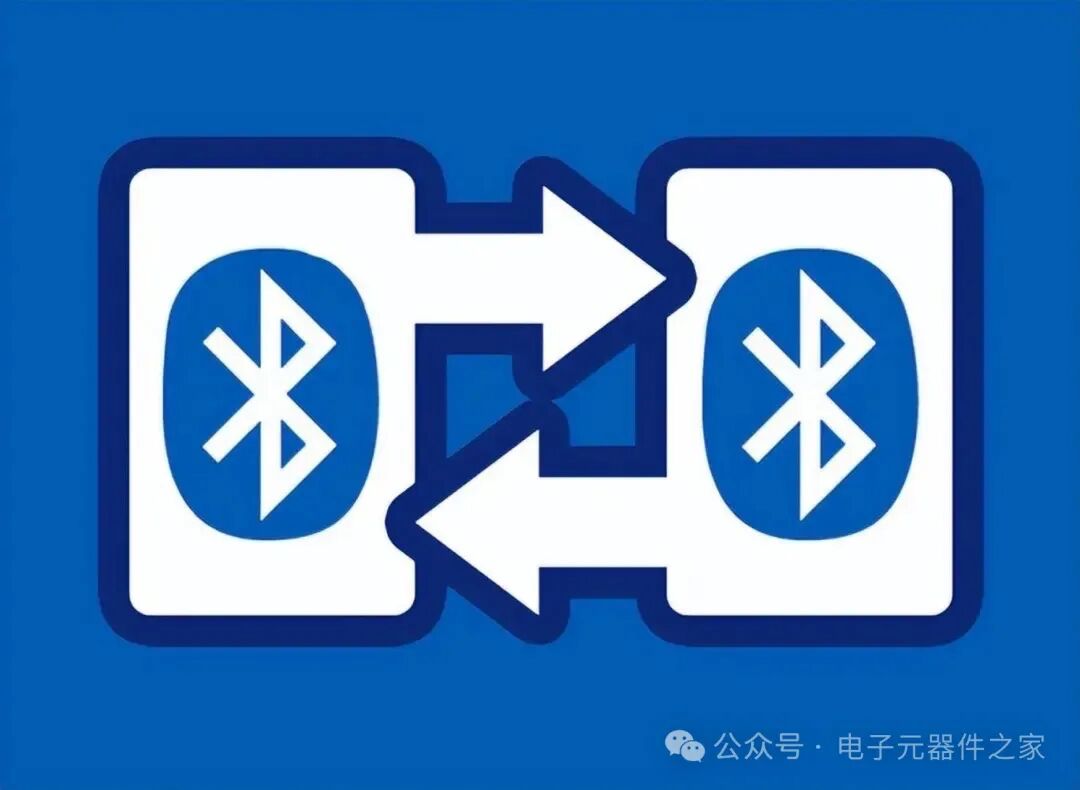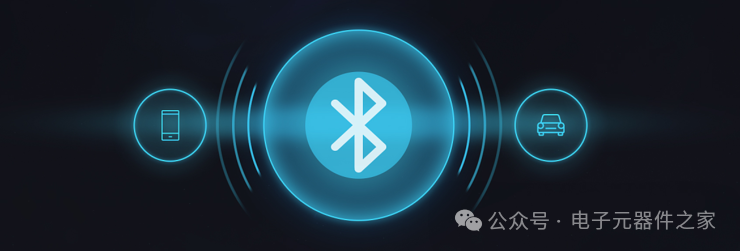Bluetooth technology, with its low power consumption, high compatibility, and continuous innovation, demonstrates strong vitality in the era of the Internet of Things. However, to label it as the “most powerful wireless technology of the future,” one must consider specific scenarios dialectically. The following analysis covers four aspects: technical advantages, industry applications, competitive landscape, and future challenges.
1. Core Advantages of Bluetooth Technology
- Low Power Consumption and Low Cost
- Low Energy Bluetooth (BLE) modules have achieved milliwatt-level power consumption, allowing devices powered by button batteries to operate for years, promoting the popularity of wearable devices (such as smartwatches and health monitoring bands) and smart home devices (such as sensors and smart bulbs).
- The cost of Bluetooth chips has dropped below $1, making it a standard technology in consumer electronics.
- Over 90% of smartphones, tablets, and computers worldwide support Bluetooth, creating a seamless connection experience across brands and devices.
- Bluetooth Mesh networking technology supports thousands of interconnected devices, suitable for large-scale scenarios such as smart buildings and industrial automation.
- LE Audio: Supports low-power, high-quality audio transmission and broadcast audio functions, promoting the standardization of hearing aids and accessible hearing services in public places.
- Centimeter-level Positioning: Achieves sub-meter accuracy through channel detection technology, challenging UWB’s position in indoor navigation and asset tracking.
2. Industry Applications: Bluetooth’s “Home Field” and “New Battlegrounds”
- Traditional Advantage Areas
- Audio Transmission: The TWS earphone market is expected to reach 500 million units by 2024, with Bluetooth audio transmission devices accounting for 27% of Bluetooth shipments.
- Data Transmission: Medical health devices (such as blood glucose meters and ECG machines) use Bluetooth for remote monitoring, with demand increasing by 50% during the pandemic.

- Location Services: The deployment of Bluetooth Real-Time Location Systems (RTLS) is expected to reach 516,000 units by 2025, with a fivefold growth in medical scenarios.
- Smart Cars: Bluetooth digital keys unlock doors and start engines, gradually replacing traditional physical keys.

3. Competitive Landscape: Bluetooth’s “Moat” and “Ceiling”
-
Comparison with Other Technologies
Technology Advantage Scenarios Bluetooth’s Competitiveness Wi-Fi High-speed transmission, home broadband coverage Lower power consumption, but transmission speed (up to several tens of Mbps) is weaker than Wi-Fi 6/7 UWB Precise positioning (centimeter-level), anti-loss tracking High cost; Bluetooth achieves sub-meter positioning through channel detection technology, which can replace UWB in some scenarios Zigbee Large-scale low-power networks (such as smart meters) Bluetooth Mesh networking supports more devices and has a more open ecosystem NFC Mobile payments, access cards (communication within centimeters) Extremely short transmission distance; Bluetooth covers a wider range of scenarios -
Technology Integration Trends
- Bluetooth + UWB: Achieves a combination of “long-distance connection + precise positioning,” for example, a smartphone as a digital key connects to a car via Bluetooth, with UWB providing precise positioning.
- Bluetooth + AI: Processes sensor data locally through edge computing, reducing cloud dependency and improving response speed.
4. Future Challenges: Can Bluetooth Continue to Lead?
- Security Vulnerability Risks
- Bluetooth has previously been attacked due to the “BlueBorne” vulnerability, necessitating continuous strengthening of encryption protocols (such as LE Secure Connections) and device authentication mechanisms.
- Wi-Fi 7: Supports 320MHz bandwidth and 30Gbps rates, potentially diverting high-bandwidth demands such as HD video transmission.
- NearLink: A domestically developed technology in China, claiming 60% lower power consumption and 6 times higher speed than Bluetooth, but the ecosystem is not yet mature.
- The Matter protocol (an IP-based IoT standard) integrates Bluetooth, Wi-Fi, and Thread, and Bluetooth must avoid being marginalized.
Conclusion: Is Bluetooth the “Most Powerful”?
- In the field of low-power, short-distance communication, Bluetooth is the undisputed king, especially suitable for wearable devices, smart homes, and medical health scenarios.
- However, in high-speed transmission, long-distance coverage, or high-precision positioning fields, other technologies have greater advantages.
- Future Trends: Bluetooth needs to consolidate its position through technology integration (such as AI, UWB) and ecosystem openness (such as the Matter protocol), rather than simply pursuing the “most powerful” label. Technology choices should be based on specific needs rather than a one-size-fits-all approach.